In the fourth part of this series on decoding EULAs, we move onto limitation of liability. As discussed previously, the EULA is the agreement containing the terms the user of a software program agrees to abide by in using the software. To start with we will review a limitation of liability I recently saw in a custom software services agreement:
 “Our maximum liability is the profit portion of the Fee we are paid by you. You may not set-off against amounts due us.”
“Our maximum liability is the profit portion of the Fee we are paid by you. You may not set-off against amounts due us.”
Software providers are protected by blanket limitation-of-liability clauses that make it difficult to transfer the risk of errors to them. Typically, the limitation of liability is zero or aligns with the cost paid for the license itself, whether that is $5,000 or less. During negotiations, companies are often willing to give a multiplying factor, such as 5 times the fees, not to exceed ‘x’ amount. If you simply agree to the standard terms without negotiating, you could be agreeing to a limitation like the one listed above (or less) without consideration of the potential exposure if the software causes harm to your business.
If the contractor is using BIM software on a project, the risk should be allocated contractually at the start of the project. General contractors and subcontractors should be wary of signing contracts allocating liability for their contribution of information to the BIM process. The liability should belong to the party who takes responsibility for the BIM process or the consultants with expertise who choose the BIM technology. The goal should be for the party controlling the process to bear the risk for technology errors that could have been avoided with vigilance.
This is the last in our four-part series deciphering the ultra-technical and tedious End User License Agreements used by software companies to license products. At the end of the day, if you take away only one thing, I hope it is this…often software companies are willing to negotiate the terms of the EULA, one simply has to ask. Involving your legal team before jumping on board with the standard form can help your company manage risk and allow for effective planning.
By: Megan Evans


